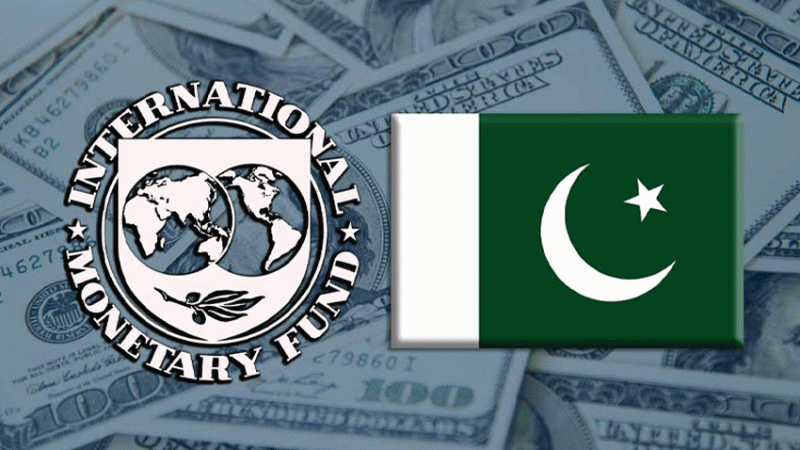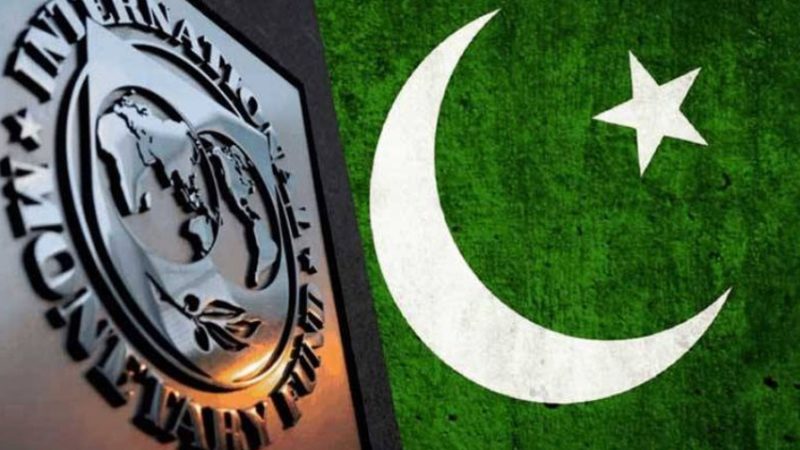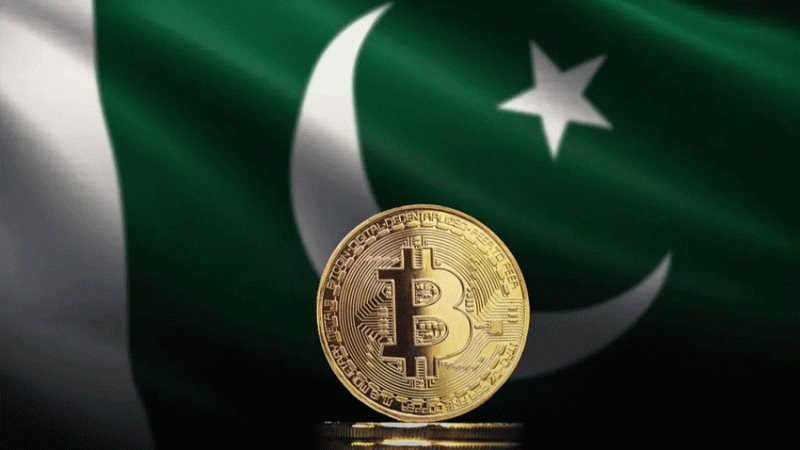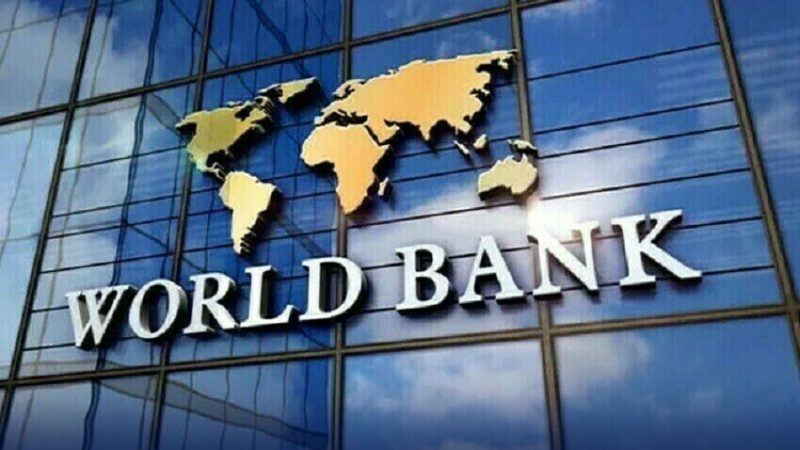In just seven months, foreign exchange reserves have dropped $9.78 billion

KARACHI: Due to demand for dollars for import payments and external repayment of government debt, Pakistan’s foreign exchange reserves have dropped $9.78 billion in the last seven months.
The foreign exchange reserves of Pakistan declined to $17.477 billion in the week ending April 1, 2022, according to data issued by the State Bank of Pakistan (SBP) on Thursday. On August 27, 2021, the country’s foreign exchange reserves reached an all-time high of $27.228 billion.
The foreign exchange reserves have been sinking over the past eight weeks, falling by $6.24 billion since February 4, 2022, when they were at $23.721 billion.
The central bank’s official currency reserves, which serve as a benchmark for determining a country’s financial soundness, plummeted to $11.32 billion, or less than two months’ worth of import cover. According to the Pakistan Bureau of Statistics, the import bill for the month of March 2022 was $6.186 billion.
Official SBP reserves have dropped to their lowest point since June 2020. Saudi Arabia contributed $3 billion to the central bank’s reserves to help with the balance of payments. By the week ending June 26, 2020, the SBP’s official foreign exchange reserves had risen to $11.23 billion.
The central bank had a weekly drop of $728 million to $11.32 billion for the week ending April 1, 2022, compared to $112.047 billion a week earlier on March 25, 2022.
The SBP blamed the drop on a significant slowdown in the repayment of external debt. The central bank had previously reached an all-time high of $20.15 billion in official reserves for the week of August 27, 2021, after receiving roughly $2.75 billion from the International Monetary Fund (IMF) via a general distribution of Special Drawing Rights.
On March 30, 2021, the nation raised $2.5 billion in Eurobonds to enhance its foreign exchange reserves.
The foreign exchange reserves increased by $2.5 billion as a result of inflows from China. The SBP successfully repaid over $1 billion in foreign debt on the maturity of Sukuk in 2020. Experts predict that the recent drop in foreign exchange reserves will have a negative impact on the local currency.
The rupee has been steadily falling since the start of the current fiscal year, owing to an improvement in the economy following the easing of the coronavirus, which resulted in increased domestic demand. However, during the war between Russia and Ukraine, which caused the world oil market to become unpredictable, the local currency fell sharply.
The currency fell by roughly Rs30.64, or 19.45 percent, from Rs157.54 to Rs188.18 on April 7, 2022, a drop of around Rs30.64, or 19.45 percent.
Pakistan need foreign currency money to increase its foreign exchange reserves and sustain its balance of payments. Immediate injections of foreign cash into reserves are also required to strengthen the local currency.
The country’s current account deficit grew to $12.1 billion in the first eight months in 2021/22 (July-February). The current account had a $994 million surplus in the same quarter of the previous fiscal year.
The current account deficit shrank to $1.91 billion in fiscal year 2020/2021, down from $4.45 billion the previous fiscal year.







